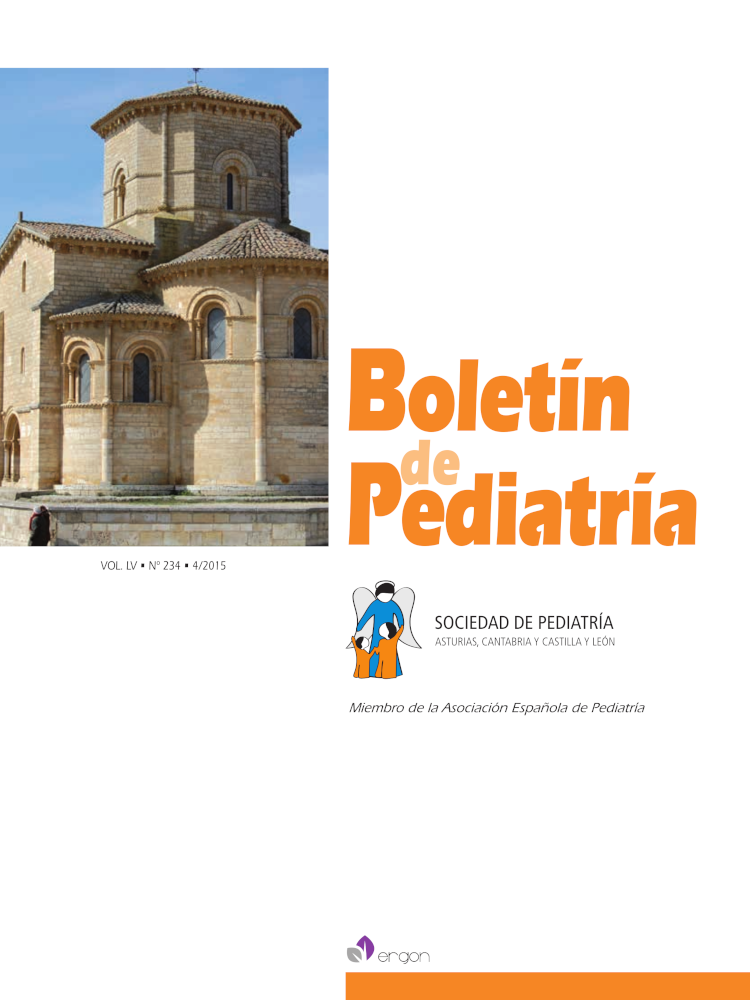Abstract
Over several years, many children without severe neurological comorbidity having suboptimal motor development or motor difficulties in specific areas such as visomotor coordination or balance were labels as “clumsy,” with “dyspraxia” or “minor motor disorders.” In 1994, this type of disorder was unified under the term “developmental coordination disorder.” However, it continues to be a little known condition and is often underdiagnosed. It is estimated that 5-8% of school age children could have developmental coordination disorder, with a greater predominance in the male gender. This risk is significantly greater in premature children, even in those without apparent neurological sequels. The clinical manifestations are determined by the combination of an alteration in propioception, motor programming and sequential motor activity. This entails difficulties in different motor areas that affect the daily life activities, academic performance and self esteem. There are specific diagnostic tools for their detection. The clinical course without specific treatment generally leads to the chronification of the motor disabilities, so that the early diagnosis and treatment is of special importance in these children.

This work is licensed under a Creative Commons Attribution-NonCommercial 4.0 International License.
Copyright (c) 2015 Boletín de Pediatría
